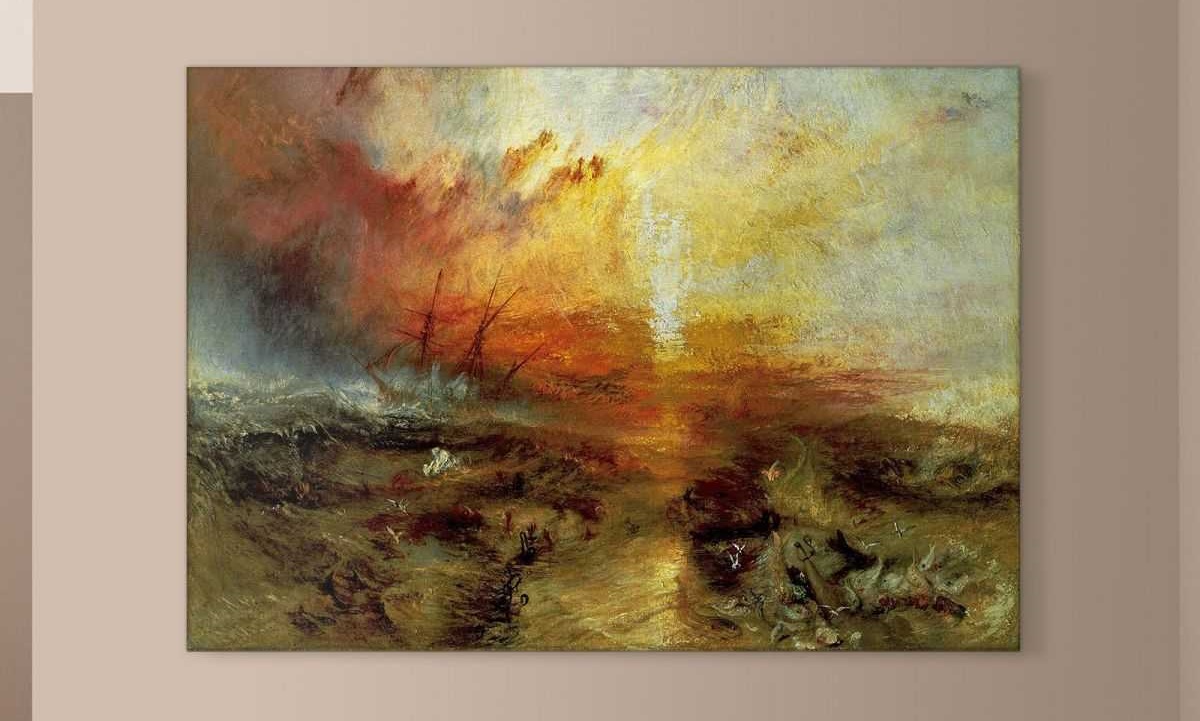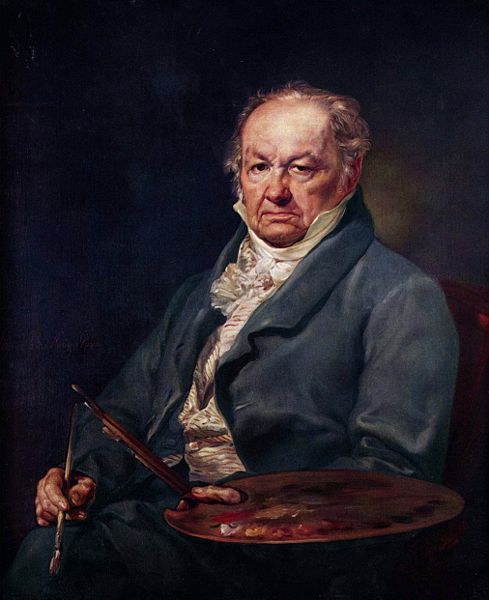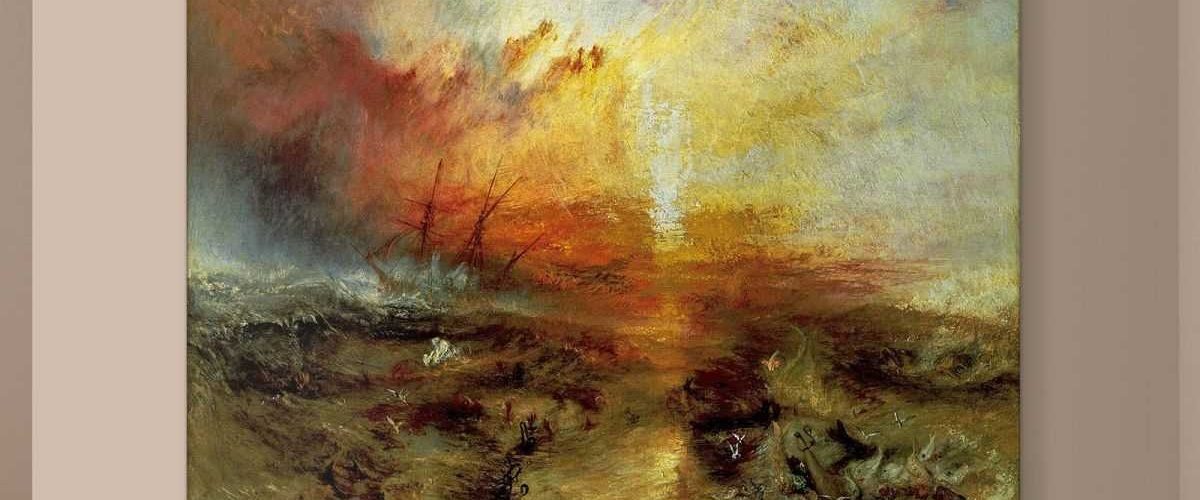Romanticism oil painting, a prominent branch of the broader Romantic movement, captivated audiences with its exploration of the sublime, the unattainable, and the mysteries of human emotion. Emerging in the late 18th and early 19th centuries, Romanticism celebrated individuality and embraced the power of imagination and emotion. Through the medium of oil painting, artists found a way to express the depths of human experience, the grandeur of nature, and the allure of the unattainable. In this article, we will embark on a captivating journey into the world of Romanticism oil painting, exploring its themes, techniques, and the influential artists who left a lasting legacy on the art world.
The Sublime in Romanticism Oil Painting
At the heart of Romanticism oil painting was the concept of the sublime—a theme that celebrated the overwhelming and awe-inspiring beauty of nature. Romantic artists sought to evoke a sense of grandeur and mystery, emphasizing the insignificance of humanity in the face of nature’s vastness. The sublime was not only a celebration of nature’s power but also a reflection of the artists’ own emotional experiences and inner struggles.
One of the pioneers of the sublime in Romanticism oil painting was J.M.W. Turner, an English artist known for his dramatic seascapes and landscapes. In his painting “The Slave Ship” (1840), Turner depicts a ship caught in a storm, with slaves being thrown overboard. The painting captures the terror and power of nature, with swirling waves and fiery colors evoking a sense of both the sublime and the tragic.

The Allure of the Unattainable
Another prominent theme in Romanticism oil painting was the allure of the unattainable—the longing for that which is beyond reach, whether it be an unrequited love, an unreachable ideal, or a fantastical dream. The artists of this era were captivated by the idea of the unattainable, using it as a means to explore human desires, aspirations, and limitations.
One of the most famous examples of this theme is “The Birth of Venus” (1863) by Alexandre Cabanel, a French academic painter. The painting depicts the Roman goddess Venus emerging from the sea, surrounded by cherubs. Venus, the epitome of beauty and love, represents an unattainable ideal of perfection. Her distant gaze and ethereal presence evoke a sense of longing and desire, capturing the allure of the unattainable.
The Power of Human Emotion
Romanticism oil painting was characterized by its deep exploration of human emotion and the complexity of the human psyche. Artists sought to convey the rawness and intensity of emotions, embracing both joy and sorrow, passion and despair. Through their paintings, they offered viewers a glimpse into the depths of the human soul.
One such artist was Francisco Goya, a Spanish Romantic painter renowned for his dark and emotional works. In “Saturn Devouring His Son” (1819-1823), Goya portrays the Greek myth of Saturn (Cronus) devouring his offspring. The painting is a haunting and visceral depiction of the destructive nature of human emotions, representing both the horror of the act and the torment of the perpetrator.

Techniques and Innovations in Romanticism Oil Painting
Romanticism oil painting brought about several innovative techniques that allowed artists to convey their emotive and imaginative visions. Some of these techniques included:
Dramatic Lighting: Romantic artists mastered the use of light and shadow to create a sense of drama and intensity in their paintings. The interplay of light and darkness added depth and emotional impact to the artworks, enhancing the overall atmosphere.
Intense Colors: Romanticism oil painting often featured rich and vibrant colors that added an emotional and dreamlike quality to the works. Bold and emotive colors were used to convey intense emotions and the fantastical elements of the paintings.
Expressive Brushwork: Romantic artists employed expressive brushwork to convey movement and emotion in their paintings. The loose and dynamic strokes added a sense of spontaneity and energy, contributing to the emotive nature of the artworks.

Prominent Romanticism Oil Painters and Their Contributions
William Blake (1757-1827): Blake, an English artist, poet, and printmaker, is considered a visionary figure of Romanticism. His paintings and poetry often explored themes of spirituality, imagination, and the human condition.
In “The Ancient of Days” (1794), Blake portrays God as a bearded old man measuring the universe with a compass. The painting reflects Blake’s interest in mythology, religion, and the interplay between the spiritual and the earthly.
Eugene Delacroix (1798-1863): Delacroix, a French Romantic painter, was known for his expressive use of color and dramatic compositions. His paintings often depicted historical and literary subjects with a focus on emotion and intensity.
In “The Death of Sardanapalus” (1827), Delacroix portrays the final moments of the Assyrian king Sardanapalus, who orders the destruction of his palace and possessions as he faces defeat. The painting is a powerful and emotive depiction of the tragic and chaotic scene.
John Constable (1776-1837): Constable, an English landscape painter, celebrated the beauty of the natural world in his paintings. His works often captured the idyllic English countryside with a focus on light and atmosphere.
In “The Hay Wain” (1821), Constable portrays a rural scene with a hay wagon crossing a river. The painting reflects Constable’s love for nature and his skill in capturing the changing effects of light and weather.
Conclusion
Romanticism oil painting remains a captivating and transformative chapter in the history of art. Through its exploration of the sublime, the allure of the unattainable, and the power of human emotion, Romantic artists offered viewers a profound and emotive experience. The innovative techniques and expressive qualities of Romanticism oil paintings have left a lasting legacy, inspiring artists and art enthusiasts to embrace the beauty of nature, the complexity of human emotion, and the limitless potential of the imagination.











